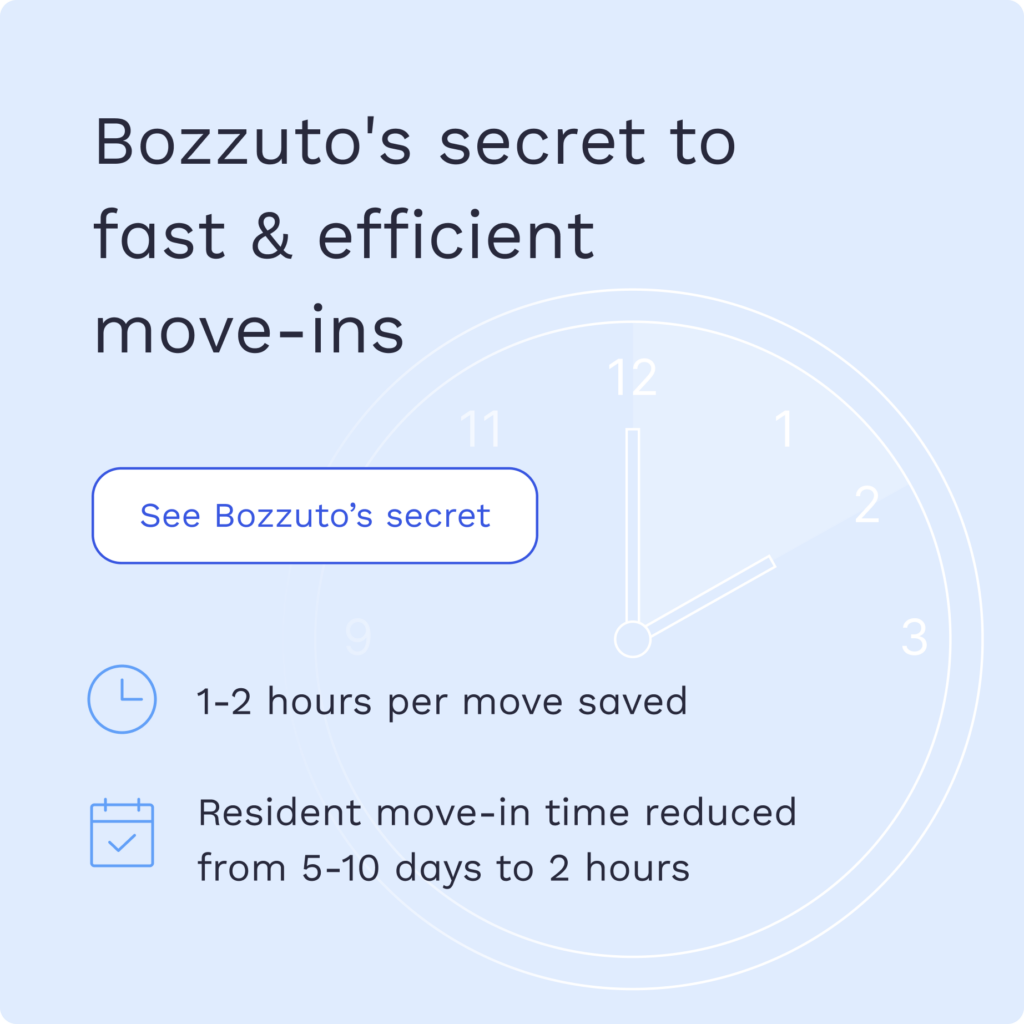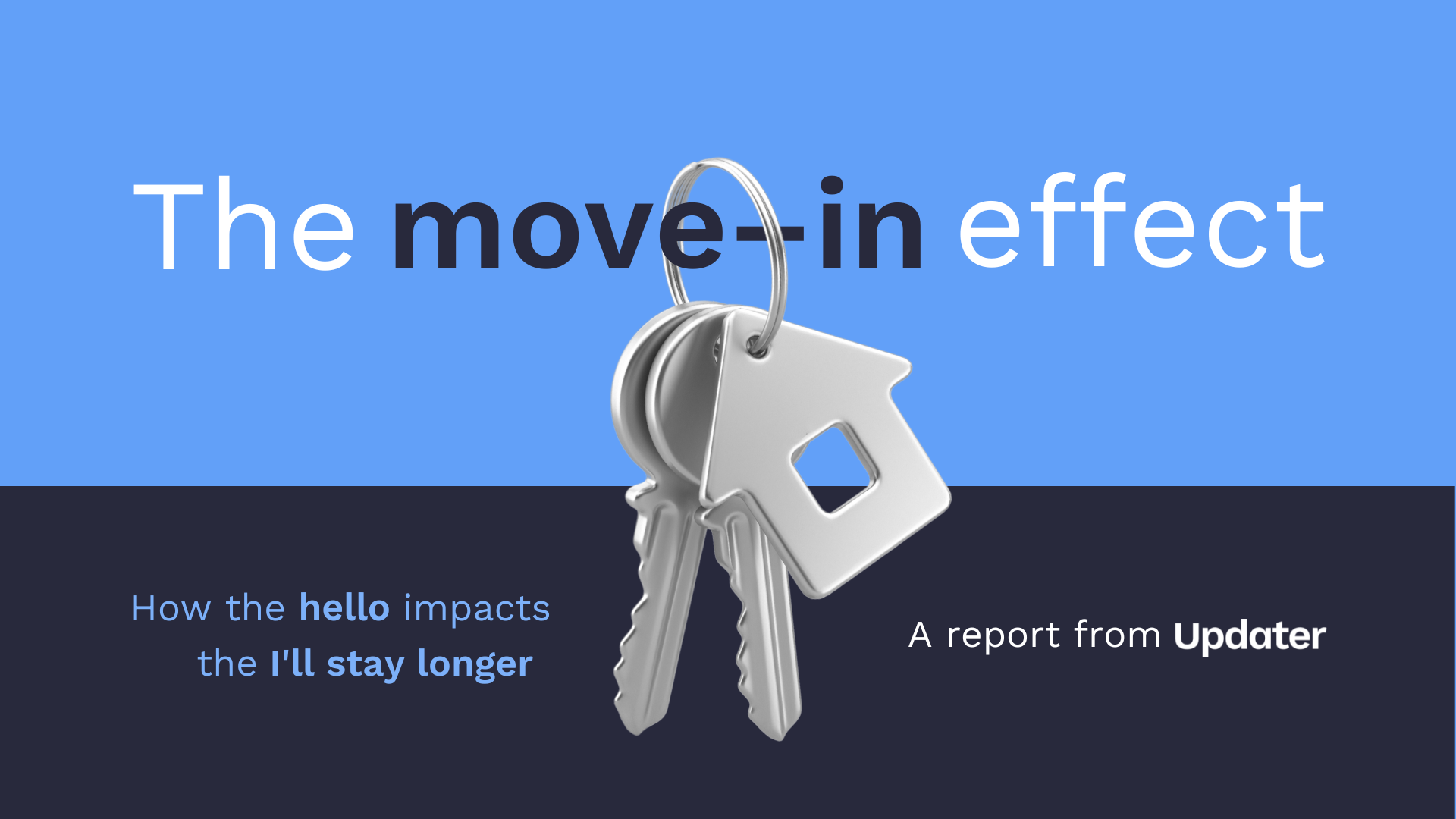Reigniting your leasing teams: 6 strategies to beat burnout

In the multifamily housing industry, leasing teams play a crucial role in ensuring resident satisfaction and the success of communities. These dedicated professionals are your front line teams who go beyond transactions; they create memorable experiences that turn living spaces into cherished homes. However, this vital role comes with its unique set of challenges that often result in burnout.
In collaboration with industry experts Jennifer Staciokas, President of Western Wealth Communities, and Jen Piccotti, President of Swift Bunny, we dive deep into the strategies and insights needed to prevent leasing agent burnout. This comprehensive guide offers actionable insights, quotes from industry leaders, and thought provoking statistics to help your team not only survive, but thrive.

1. Tackle high turnover and boost employee satisfaction
Challenge: The multifamily housing industry faces a 52% annual turnover rate among onsite teams. The core issue often boils down to employee discontent, triggered by problems like inadequate compensation and insufficient training. It’s become increasingly clear that the industry needs to make significant improvements in retaining these skilled professionals.
Actionable ways to combat turnover and dissatisfaction:
- Mentorship programs: Launching a mentorship program can significantly reduce turnover rates by pairing new leasing agents with seasoned professionals. This not only accelerates their learning curve but also fosters a sense of belonging and support.
- Career path discussions: Begin the journey toward employee retention early by starting discussions about potential career paths during the interview process. This instills a sense of purpose and direction from the very beginning.
2. Foster a culture of purpose and achievement
Challenge: About 31% of leasing team professionals report not feeling like they’ve accomplished much in their work, which can make them feel disconnected and unhappy. When your leasing teams don’t find their daily tasks meaningful, their motivation to stay engaged can drop rapidly.
(Source: Swift Bunny)
Practical strategies to instill a sense of fulfillment:
- Success stories: Highlight success stories where leasing agents played a pivotal role in helping individuals find their ideal homes. This connects their daily tasks to tangible outcomes, significantly elevating their job satisfaction. Consider highlighting these stories in a company wide newsletter or a company blog post.
- Leveraging strengths: Recognize that the best leasing professionals are often not the best at administrative work. Lean into their strengths as salespeople, providing them with the tools and resources they need to excel in their core responsibilities. Let leasing agents focus on selling and invest in ways to support them with administrative tasks like hiring an assistant or investing in tech.
3. Emphasize employee appreciation
Challenge: Employee appreciation is crucial to encouraging success amongst site teams and discouraging property manager burnout. Plus, workplace burnout is one of the most expensive costs for employers and is associated with poor employee health and performance.
To help encourage your team, follow these tips for stellar employee appreciation:
- Recognize extraordinary performance: Taking the time to recognize and reward property managers and their site staff promotes a strong sense of community and a feeling of optimism. There are many strategies for recognizing employees including things like monthly awards, annual retreats, public shout outs at company meetings or on social media, and more.
- Invest in team building events: Team building fosters a sense of community that not only impacts site teams but residents as well. Try uniting your leasing team by introducing team lunch hours, group off-sites, or clubs focused around interests like books or running. At Updater, we have social music groups, a puzzle club, and even a group that intentionally seeks out the best slice of pizza in NYC.
4. Create specialization and career paths
Challenge: Research from Swift Bunny reveals that 75% of leasing agents consider their current roles less than ideal for the long term.
(Source: Swift Bunny)
This finding raises an important question: Are we offering enough career paths that begin in leasing? The fact that so many leasing agents aren’t content with their long-term prospects suggests a need for a broader range of career options. There are executives throughout the multifamily industry that began in leasing, but many carved their own paths. Today, the onus is on leadership to help build those paths to management.
Here are some actionable ways to help your leasing agents find longevity in the multifamily industry:
- Individual strengths: Pay close attention to the unique strengths of each leasing professional and adjust their responsibilities accordingly. Offering diverse pathways for growth, from sales-focused careers to centralization to operations, increases retention and job satisfaction.
- Utility players: Adopt the concept of “utility players,” as Western Wealth Communities calls them. Utility players are considered to be people who “possess the soft skills necessary to learn on the fly and adapt to changing business conditions.” Provide additional training to versatile leasing agents, helping them become adept at cross-functional tasks and contribute more effectively.
5. Prioritize employee growth and development
Challenge: Internal advancement opportunities are often overlooked, with 32% of leasing agents reporting that they are unaware of job openings and opportunities within their company. When nearly a third of leasing agents are unaware of the career doors that may be open right within their organizations, it’s clear that there’s a need for better communication and visibility into leasing agent growth opportunities.
(Source: Swift Bunny)
Effective approaches to making growth a priority:
- Personalized career paths: Collaborate with employees to chart personalized career paths within the organization, ensuring that they feel valued and supported in their professional development. Take it a step further by having HR check in with each employee at least once a year, outside of manager check-ins that happen regularly.
- Mentorship bonds: Establish mentor-mentee relationships to provide guidance and support, leading to not just retention but also a dynamic and motivated workforce. Encourage participation by treating participants to special luncheons or restaurant gift cards to go out for a meal together.
- Promote internal mobility: Encourage leasing agents to raise their hand and express interest in new opportunities within the organization. Let them know that you value their growth and development and then share success stories on a company blog or newsletter.
6. Aligning tools to the needs of your leasing team
Challenge: Updater conducted a survey at NAA Apartmentalize, shedding light on a significant challenge faced by leasing agents. The survey revealed that 61% of leasing agents dedicate more than four hours per week to handling administrative move-in tasks. This highlights a crucial issue within the leasing industry: the excessive time and effort spent on administrative work, which can hinder leasing agents from focusing on more valuable aspects of their job, such as building relationships with potential tenants and improving the overall leasing experience.
To address excessive administrative burdens, consider adopting tools that can ease strain. A few examples to consider include
- AI chatbots: AI is all the craze right now. Chatbots are robots that live on your website and learn to answer your visitors’ questions. These bots take pressure off of site teams who work tirelessly to keep up with requests that come from a property’s website.
- Package management: With UPS delivering nearly three million packages every day, the process for organizing and scaling package delivery has become a huge time investment for leasing teams. Offering solutions like smart lockers can help the leasing team and residents better manage packages and mail.
- Resident onboarding: Deploy technology that lightens the administrative load of move-in tasks. With move-in software like Updater, onsite teams manage the move-in process in one place to ensure residents have completed required move-in tasks on time, saving leasing teams 3+ hours every day. Vincent Cotton, a Community Manager at Mission Fairways, a Madera Residential community, says that with Updater, “we can work better to achieve the things that need to be done prior to moving, which makes our move-in days a lot easier.”
By incorporating these strategies into your everyday operations and support systems, you not only reduce leasing agent burnout but also pave the way for a more vibrant and resilient organization. These measures extend their positive impact beyond just leaders and leasing agents; they resonate with the residents they serve as well. Less admin work and a more healthy blend of human and tech interaction fosters an environment of excellence in the multifamily housing industry.
Discover more strategies to prevent leasing team burnout in our Multifamily Pros webinar series, For the love of leasing teams.
About Updater
Updater is the leading technology platform powering the relocation industry. We power 25% of all US moves and work with all industry stakeholders to make moving – one of life’s most painful events – frictionless, painless, and even delightful.
Specifically, for multifamily managers, owners, and communities, we’re a preferred partner to over half of the NMHC Top 50. We offer move-in and resident onboarding software that transforms old moving checklists into the digital age, helping both residents and onsite teams keep moves on track.
Visit go.updater.com/multifamily-demo to learn more or talk with one of our industry experts.













